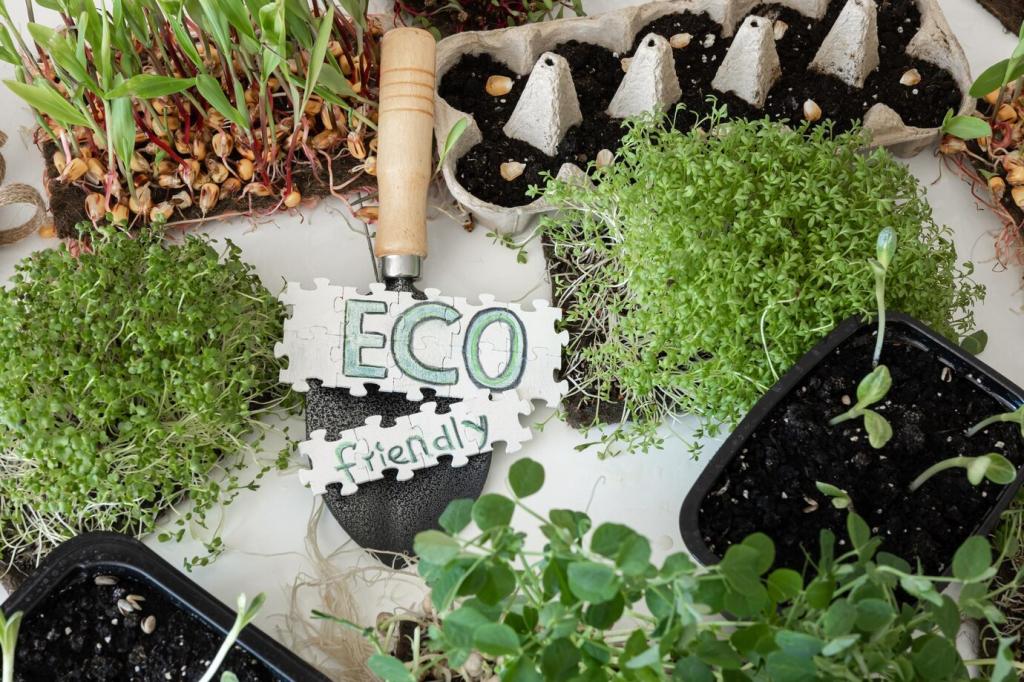Enhancing Building Insulation with Green Roofs
Chosen theme: Enhancing Building Insulation with Green Roofs. Welcome to a rooftop revolution where living landscapes boost comfort, cut energy waste, and make cities breathe easier. If you’ve ever touched a sunbaked roof and felt the heat rise, you already understand the problem we’re solving. Stay with us, share your questions, and subscribe for hands-on advice, real stories, and design tips that help your building feel right in every season.
How Green Roofs Improve Insulation: The Science You Can Feel
Layered systems that trap comfort
A green roof stacks purpose-built layers—waterproofing, root barrier, drainage, filter fabric, growing medium, and vegetation—over conventional insulation to moderate temperatures. Together, these layers slow heat flow, protect membranes from harsh sun, and even buffer wind, adding resilient insulation-like behavior without choking the roof’s ability to dry.
Thermal mass and diurnal lag
Soil and plants act as thermal mass, shifting peak heat many hours later than a bare roof. This diurnal lag flattens indoor temperature swings, easing strain on HVAC systems during late afternoons. Readers often report rooms feeling calmer by evening, instead of spiking with outdoor heat. Share your daily comfort curve with us.
Moisture, evapotranspiration, and dynamic R-values
Unlike static insulation, green roofs respond to weather. Moist substrate can conduct more heat, yet plants shed warmth through evapotranspiration, cooling the roof deck on hot days. The combined effect reduces peak surface temperatures dramatically. Tracking these swings teaches you how watering, shading, and plant vigor influence real thermal performance over time.
Design Choices that Maximize Thermal Performance
Deeper growing media add thermal mass, more stable moisture, and robust roots, which improve summer cooling and shoulder-season comfort. Yet depth affects weight and maintenance. Many start with extensive systems and target key areas for extra depth. What depth has worked in your region? Share your results to guide fellow readers.
Design Choices that Maximize Thermal Performance
Sedums thrive in drought and provide consistent cover, while grasses and native perennials can increase shading, evapotranspiration, and seasonal interest. In humid climates, diverse canopies reduce heat load and resist pests. In arid zones, hardy succulents balance cooling with low water use. Tell us your climate and favorite plant mixes.
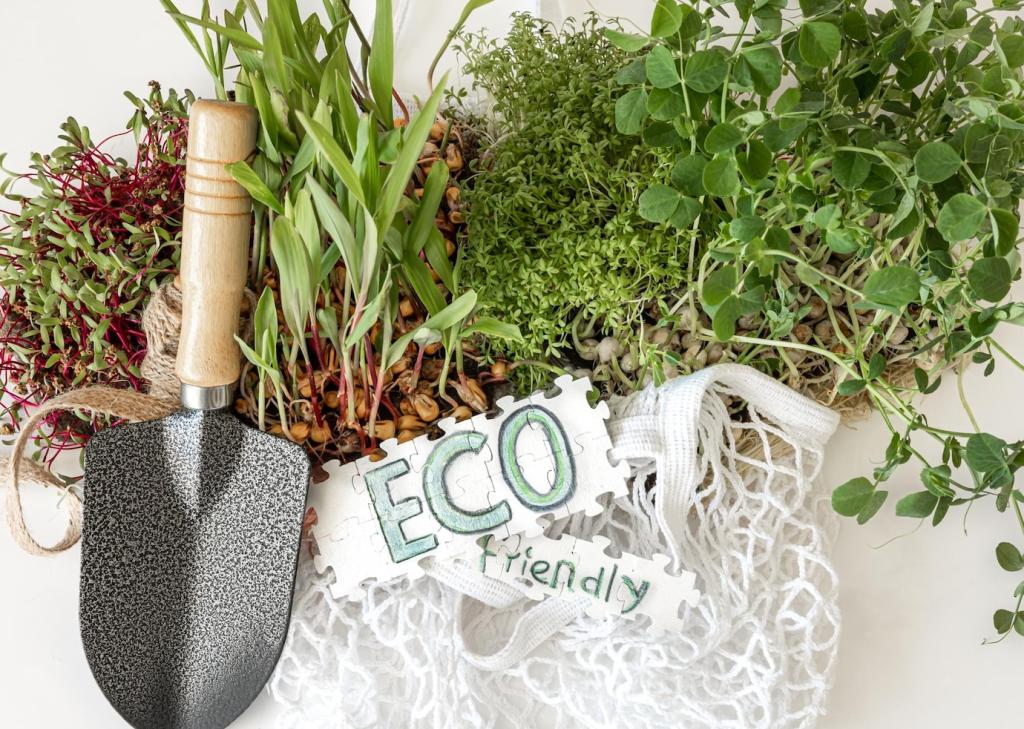

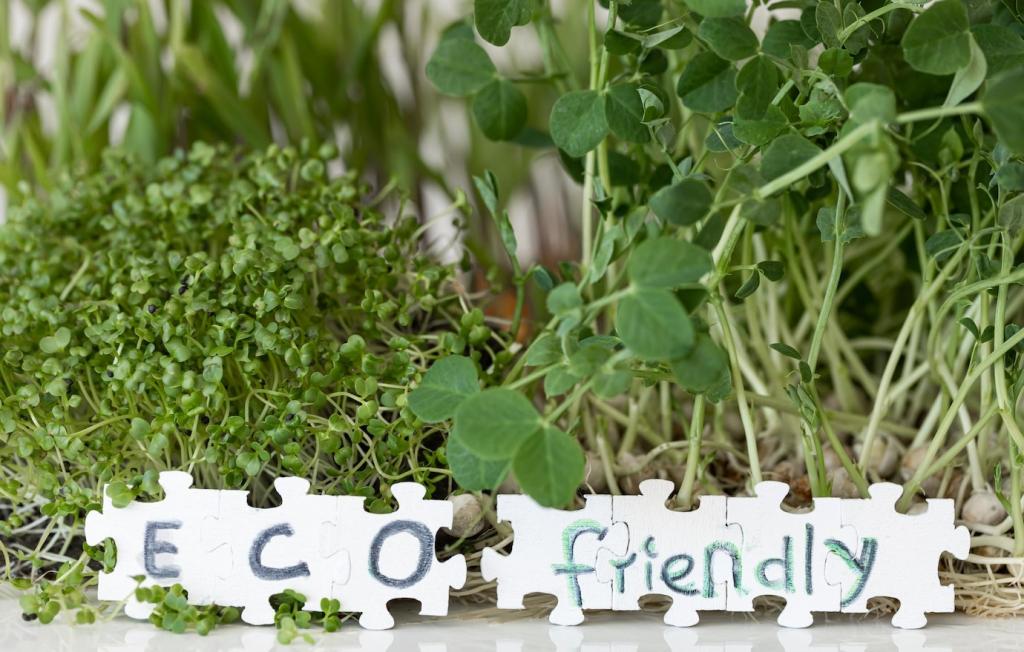
Comfort you can count, not just cost
Even when energy savings vary by climate and design, occupants consistently report fewer hot-cold swings and less afternoon discomfort. That comfort stability translates into productivity, fewer complaints, and more livable rooms under the roof. If you value steady, quiet comfort, consider that benefit part of the payback—then tell us your priorities.

Protecting the membrane for decades
Vegetation shields waterproofing from punishing sun and temperature whiplash, slowing aging and reducing crack risks. Fewer exposed seams mean fewer failures. Many owners credit green roofs with stretching replacement timelines meaningfully. Ask your roofer about inspection intervals and warranties, then share what schedule worked best to keep performance reliable and predictable.
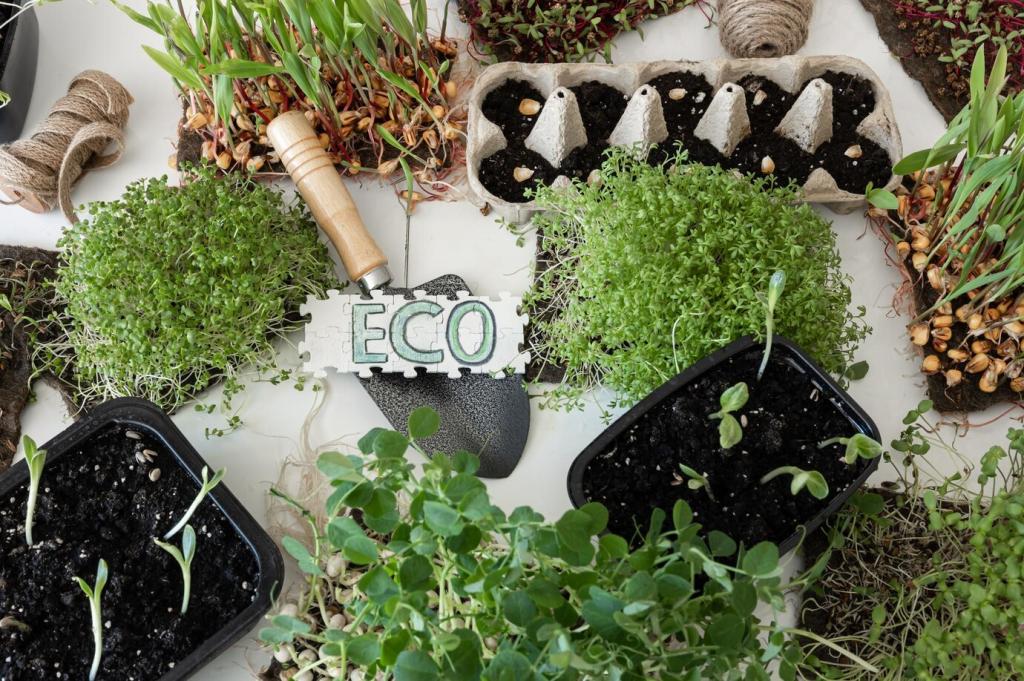
Stacking incentives and community support
Some cities offer grants, stormwater fee reductions, or tax credits for green roofs. Utilities occasionally fund pilot projects focused on peak-load reduction. If you’ve secured incentives, post your program details below. We’ll compile subscriber tips into a practical guide so everyone can navigate funding faster and with fewer headaches.

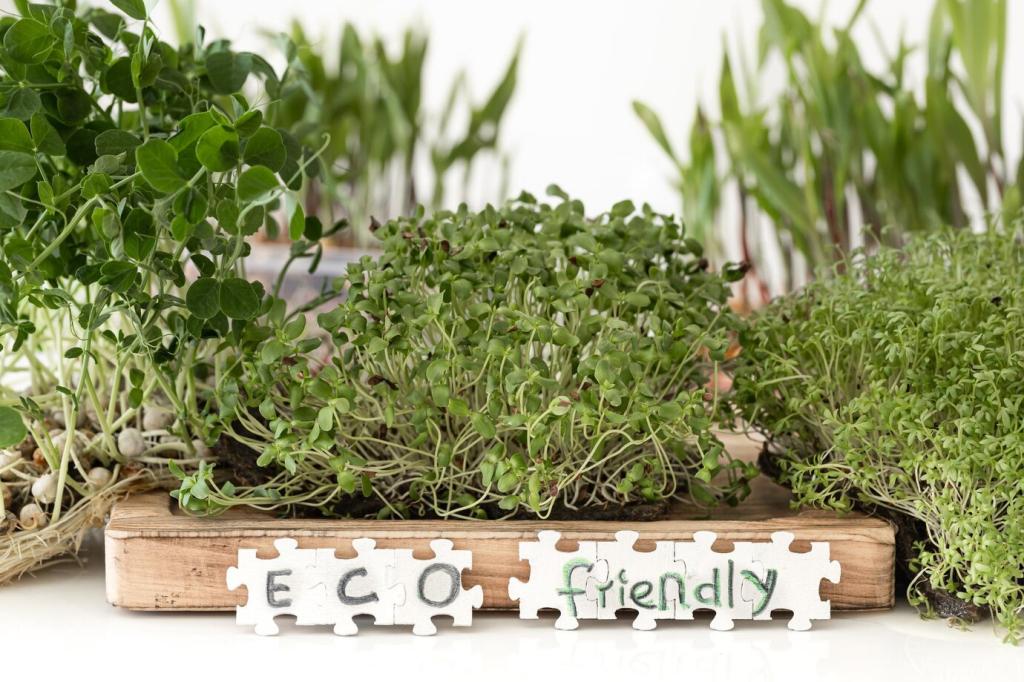
Care, Monitoring, and Seasonal Tips
Clear drains, trim wind-tossed growth, and manage weeds before they shade out desired plants. Healthy, continuous vegetation improves shading and evapotranspiration, sharpening insulation effects during heat waves. Pencil in short monthly checks. Tell us your easiest maintenance win—small habits often deliver the biggest, most consistent comfort returns over time.
Care, Monitoring, and Seasonal Tips
Low-cost sensors can track roof-deck temperature and moisture, revealing how irrigation and plant vigor change performance. Many readers observe afternoon deck temperatures several degrees lower than adjacent conventional roofs. Keep a simple logbook and compare by season. Share your favorite sensor setup so newcomers can start measuring without guesswork.
Beyond Insulation: Co-benefits that Amplify Value
A network of green roofs lowers peak city temperatures by shading surfaces and trading stored heat for evaporative cooling. That relief helps everyone, not just one building. Tell us if your block feels cooler after nearby installations, and we’ll map community experiences to show how small patches can influence whole streets.
